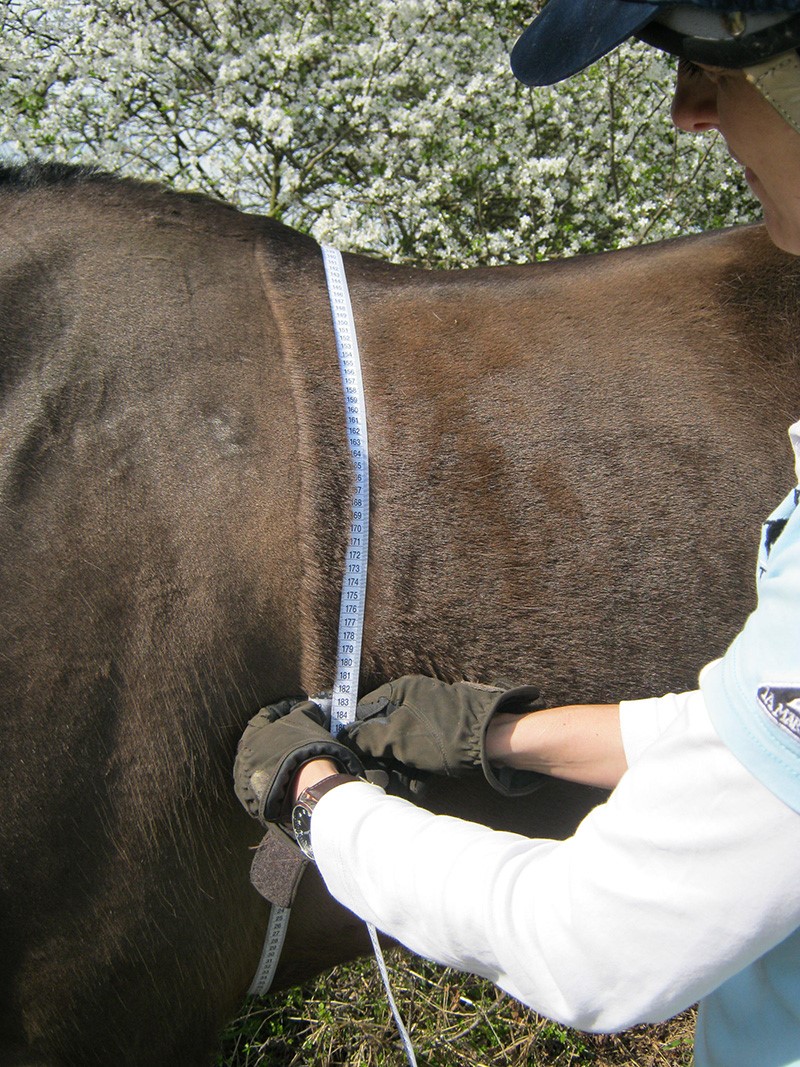U.K. study collected data online from owners of 1,070 horses and ponies.
March 28, 2019

Horses and ponies that gain weight are more than twice as likely to develop laminitis than if they lose or maintain their weight, according to new research from the Royal Veterinary College (RVC) in the U.K.
Carried out by RVC, the Animal Health Trust (AHT) and Rossdales Equine Hospital, the study also revealed that the groups particularly at risk were British pony breeds and their crosses, as well as horses and ponies with a history of laminitis and those with lameness or soreness after routine hoof care, the announcement said.
The research, funded by World Horse Welfare, comes from the first ever online study that collected information on laminitis from a group of owners in real time. The study is also the second largest to identify weight gain as a risk factor for laminitis, RVC said. Data were collected from owners of 1,070 horses and ponies in Great Britain; they regularly reported their animal’s management, health and estimated weight via online questionnaires for 29 months.
The findings highlight how important regular weight monitoring is to prevent negative impacts on animal health, RVC emphasized.
The researchers encouraged horse owners to use a custom weight tracking tool designed by the study/research team to help regularly track changes in their animals' weight and body condition. The uptake of this tool was high, with more than half of participating owners using it. It is freely available to download from AHT Laminitis Research.
Analyzing the large amount of data recorded by the study, the RVC researchers found that:
* A high risk of laminitis was present in horses shod or trimmed at intervals of more than eight weeks and in those that took a long time to return to soundness after a bout of laminitis.
* Diet, grazing management and health were factors closely associated with the development of laminitis and will be the subject of future investigation. (Subjects for investigation will include, for example, investigating how short-term access to grass in the morning and part-time use of grazing muzzles may contribute to laminitis development.)
* Researchers also noted that weight gain often occurred unintentionally, even when owners were aiming for their animals to maintain or lose it. This reiterates the need to consistently record weight and body condition in order to prevent undesirable weight gain.
Dr. Dee Pollard of AHT, one of the study’s chief authors, said, “This is one of the largest, and the first, online laminitis studies where we collected regular information from the same group of owners in real time. We assessed the relationship between laminitis and many potential management and health factors and identified those more likely to be present before a laminitis episode was reported. We now have good evidence to develop laminitis prevention guidelines and a number of different avenues to explore in the future. We cannot emphasize enough how important systematic and regular weight and body condition monitoring are. It’s very easy to miss weight gain when you are just relying on your eyes and you see your horse or pony every day. You need to get hands on, feel for the fat deposits and take measurements. Remember, the figures don’t lie.”
RVC is the U.K.'s largest and longest-established independent veterinary school and is a constituent College of the University of London.
Source: Royal Veterinary College, which is solely responsible for the information provided and is wholly owned by the source. Informa Business Media and all its subsidiaries are not responsible for any of the content contained in this information asset.
You May Also Like

.png?width=300&auto=webp&quality=80&disable=upscale)

